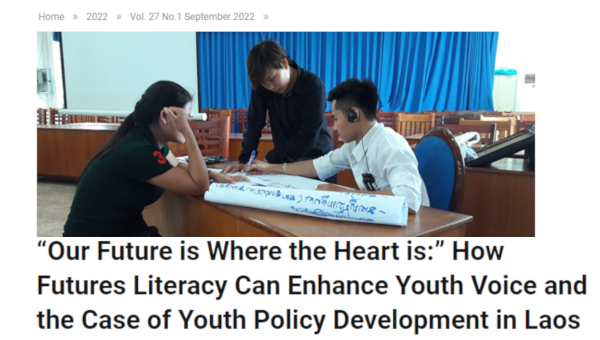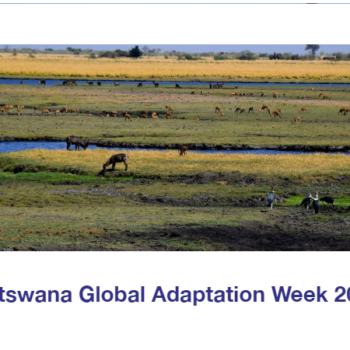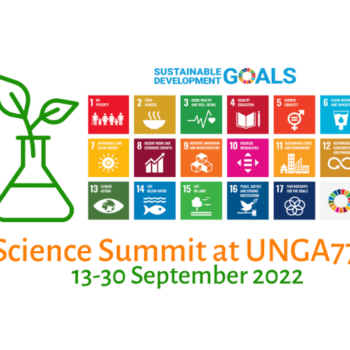
Futures Literacy and Youth Policy Development in Laos – new publication
- Posted by Mara Di Berardo
- On 1 September 2022
- 0 Comments
- Asia Pacific Region, futures literacy, journal of futures studies, policymakers
“Our Future is Where the Heart is: How Futures Literacy Can Enhance Youth Voice and the Case of Youth Policy Development in Laos” is a new publication by Shermon Cruz, Philippines Node of The Millennium Project, Adam Sharpe, and David Young in the Journal of Futures Studies (Vol. 27 No.1 September 2022).
Young people all over the world have the tremendous potential (and desire) for enacting positive and sustainable changes in their communities. Nowhere is this truer than in the Asia Pacific region, where over 60% of the global youth population resides (ESCAP, 2015). Within this region, national youth policies and programs have the potential of providing spaces and opportunities for the region’s young people to contribute to decisions that will ultimately impact them.
In theory, those that are both inclusive and participatory allow for youth groups from all backgrounds to meaningfully engage with leaders at local and national levels. Despite their large numbers, however, youth are often excluded from any meaningful involvement in the development of such policies. While lack of political will amongst policymakers can be cited as a reason for this challenge, it is also the case that many leaders believe that youth are without the knowledge and skills needed to effectively contribute to any major decision-making processes. Futures literacy, the discipline that develops the ability of individuals and groups to better understand the role of the future in what they see and do, is one potential way of addressing this issue.
Using the case study example of a UNESCO-supported youth policy development workshop in Laos in 2018, this article explores how futures methods and tools can help facilitate youth participation in decision-making processes, while effectively enhancing their skills and abilities to do so more effectively. At the same time, this article provides recommendations for refining and enhancing these tools for future applications in youth development contexts in Southeast Asia.



